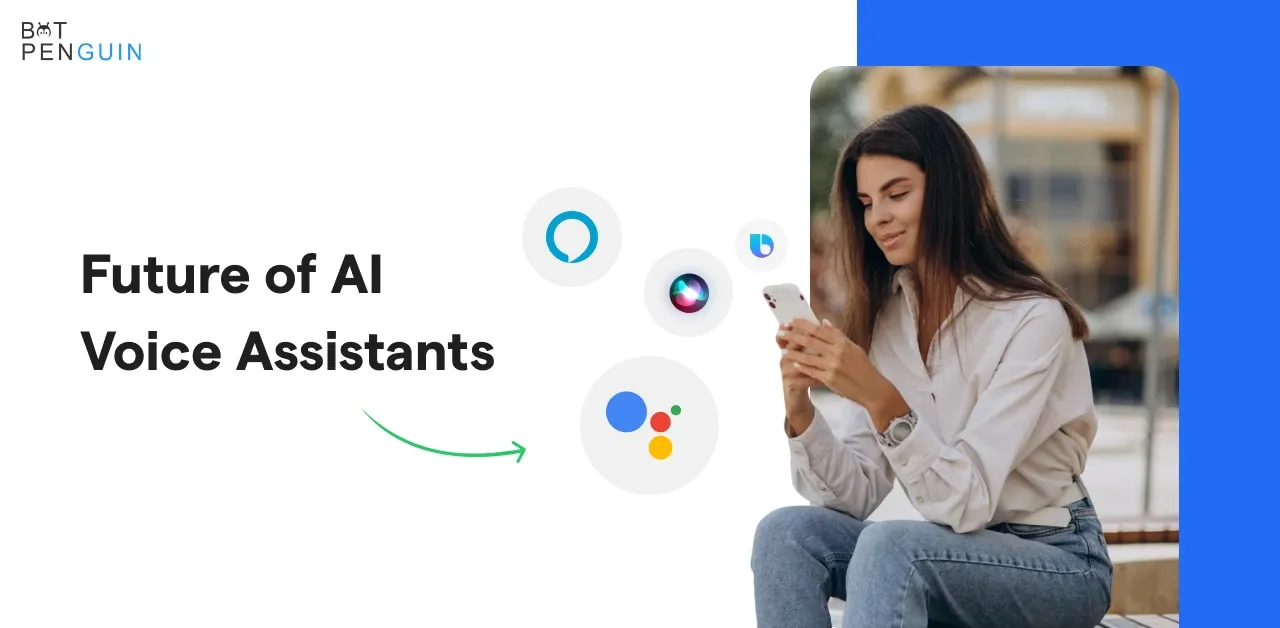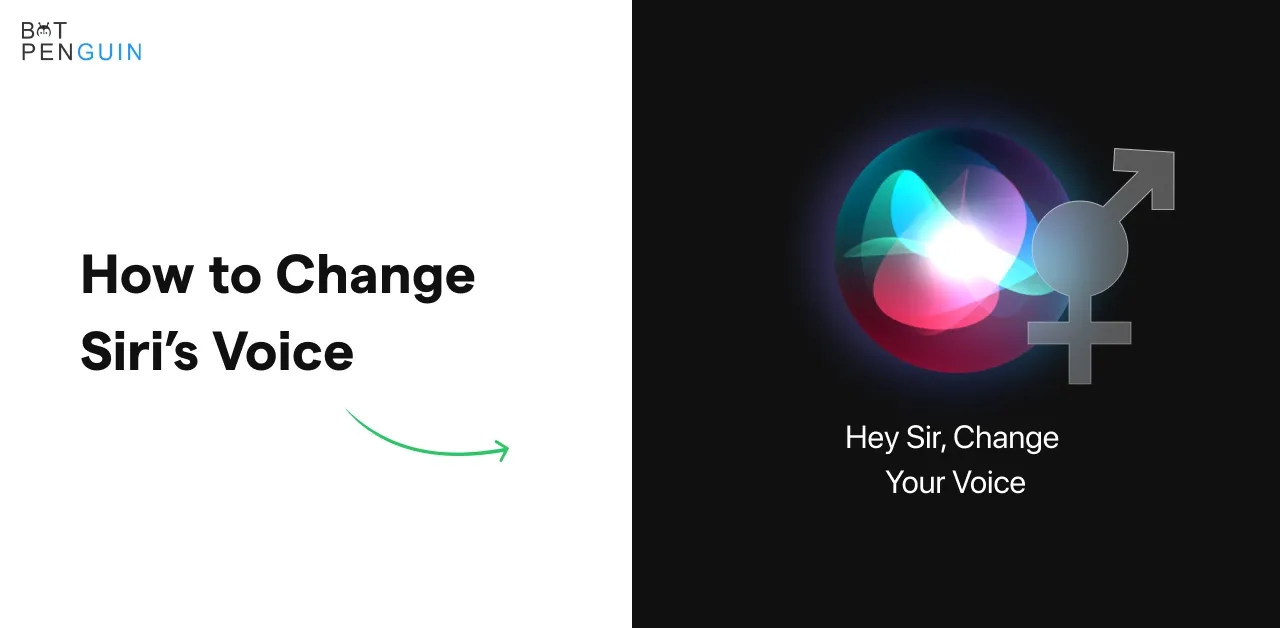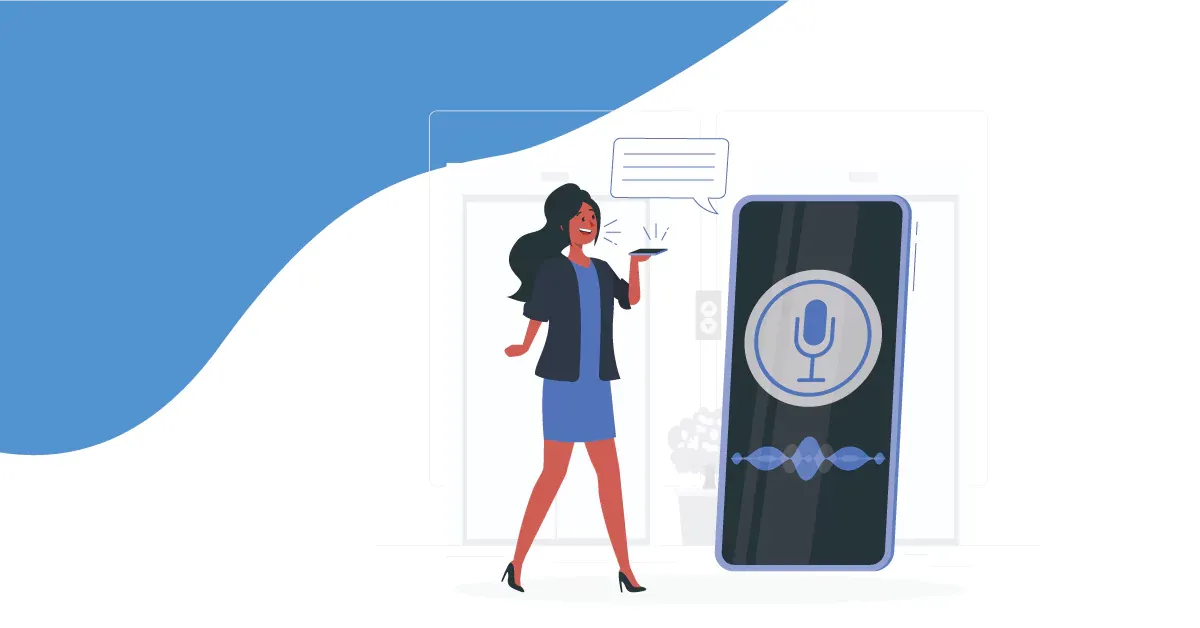A text-to-speech service called Amazon Polly creates speech that mimics human speech using cutting-edge deep learning capabilities.
With the help of Amazon Polly, businesses and individuals can create engaging content, automate voice-based workflows, and improve accessibility for their users.
But did you know that Amazon Polly offers a variety of voices to choose from? That's right! Both standard and neural voices come in different languages, accents, and genders. It might be difficult to choose the right voice for your project when so many possibilities are available.
That's where we come in! In this article, we'll dive deep into the world of Amazon Polly voices, exploring their differences and helping you select the perfect voice for your needs.
We'll also provide tips on using Amazon Polly, best practices for using voices and optimizing your audio content for SEO.
However, let's take a short look at some outstanding numbers before getting into the specifics. According to Voicebot.ai, the use of voice assistants is on the rise, with 111.8 million people in the US alone using them at least once a month.
Additionally, Voice search is used daily by 41% of US adults, a larger percentage than in other nations. With such a significant shift towards voice-based technologies, it's crucial to have access to quality text-to-speech services like Amazon Polly, making this guide more relevant than ever.
What is Amazon Polly?
Using cutting-edge deep learning algorithms, the cloud-based text-to-speech service Amazon Polly creates speech that mimics the sound of a human voice.
It can turn any written text into spoken words, making it easier for businesses and individuals to create engaging content, automate voice-based workflows, and improve accessibility for their users.
Features
Amazon Polly offers a variety of features that make it stand out from other text-to-speech services. Some of its key features include:
- Lifelike voices that are almost indistinguishable from human speech
- Wide range of languages and accents to choose from
- Customizable pronunciation, volume, and speech rate
- Integration with other AWS services, such as Amazon S3 and Amazon Transcribe
Benefits
The benefits of using Amazon Polly are numerous. Some of the key benefits include:
- Enhanced user engagement through personalized and natural-sounding speech
- Cost-effective solution for creating audio content
- Increased accessibility for users with visual or reading impairments
- Time-saving automation of voice-based workflows
Use Cases
Amazon Polly has many use cases, including:
- E-learning and training materials
- Audiobooks and podcasts
- Virtual assistants and chatbots
- News and media broadcasts
What are Amazon Polly Voices?
Amazon Polly voices are the voices used by the Amazon Polly text-to-speech service.
These voices come in different languages, accents, and genders, allowing users to select the voice that best suits their needs.
Types of Amazon Polly Voices
Amazon Polly offers two types of voices: Standard Voices and Neural Voices.
Standard Voices
Standard Voices are the traditional voices used by text-to-speech services.
They are created using concatenative synthesis, which involves recording and piecing together individual sounds to form words and sentences.
Neural Voices
Neural Voices, on the other hand, are created using machine learning models trained on large speech datasets.
They use a neural network to generate speech, producing more natural-sounding and expressive voices.
Differences between Standard and Neural Voices
The main differences between Standard and Neural Voices are:
- Neural Voices sound more natural and expressive than Standard Voices
- Neural Voices have a larger voice inventory than Standard Voices
- Neural Voices take longer to generate speech than Standard Voices
How to Choose the right voice for your project
When choosing the right voice for your project, consider the following factors:
- Language and accent
- Gender
- Voice style (e.g., serious, friendly, casual)
- Use case
Standard Amazon Polly Voices
Standard Amazon Polly Voices are the traditional voices used by text-to-speech services. They come in a variety of languages, accents, and genders.
List of Standard Voices
Amazon Polly offers a wide range of Standard Voices, including:
- Emma (British English)
- Brian (US English)
- Mathieu (French)
- Bianca (Italian)
- Hans (German)
- Mizuki (Japanese)
- Gwyneth (Welsh)
Characteristics of Standard Voices
Standard Voices are created using concatenative synthesis, which involves recording and piecing together individual sounds to form words and sentences.
They sound less natural and expressive than Neural Voices but are faster to generate speech.
Use cases for Standard Voices
Standard Voices are suitable for use cases that require simple and straightforward narration, such as:
- Automated phone systems
- Navigation apps
- Weather reports
- Podcast intros and outros
Demo audio samples of Standard Voices
To give you an idea of how Standard Voices sounds, here are some audio samples
- Emma: "Welcome to our online store. Please select a category from the menu on the left."
- Brian: "Good afternoon. Your order has been shipped and will arrive within 3-5 business days."
- Mathieu: "Bonjour et bienvenue sur notre site. Nous sommes heureux de vous offrir nos services."
- Bianca: “Buongiorno e benvenuti nel nostro negozio online. Siamo felici di offrirvi i nostri prodotti.”
Neural Amazon Polly Voices
Neural Amazon Polly Voices are advanced speech synthesis voices that use neural networks to create highly natural and lifelike audio for applications, offering a more engaging and realistic user experience.
List of Neural Voices
Amazon Polly offers 17 neural voices in various languages, including English, Spanish, German, French, Italian, and Japanese.
These voices use advanced deep learning technologies to create more human-like speech with intonation and natural-sounding inflections.
Characteristics of Neural Voices
Neural voices from Amazon Polly have a few key characteristics that set them apart from standard voices. First and foremost, they offer a more natural-sounding voice with improved prosody and intonation.
This makes them ideal for projects requiring high audio quality, such as audiobooks, podcasting, and voiceover work. Additionally, they are better at handling complex and technical terms, ensuring that your content is accurately conveyed to listeners.
Use cases for Neural Voices
Neural voices are perfect for a variety of use cases, including:
- Audiobooks and e-learning content
- Podcasts and voiceover work
- Interactive voice response (IVR) systems
- Virtual assistants and chatbots
- Accessibility features for users with visual impairments or reading difficulties
Demo audio samples of Neural Voices
To help you choose the right neural voice for your project, Amazon Polly offers audio samples of each voice on their website. These samples allow you to hear each voice in action, accurately representing the voice's sound and intonation.
Now that you've selected the perfect voice for your project, it's time to start using Amazon Polly! The following section explores how to set up an account, integrate Amazon Polly into your project, and start using your chosen voice.
Setting up an Amazon Polly account
To use Amazon Polly, you must sign up for an account on the Amazon Web Services (AWS) platform.
Once you've created an account, you'll have access to the Amazon Polly API, which you can use to synthesize speech in your project.
Integrating Amazon Polly into your project
Integrating Amazon Polly into your project is a straightforward process. You'll need to set up your AWS credentials, create a new Polly client, and then use the Polly client to synthesize speech from your text.
Amazon Polly offers SDKs for various programming languages, making it easy to integrate into your existing project.
Selecting and using voices in Amazon Polly
Once you've integrated Amazon Polly into your project, it's time to select the voice you want to use. You can choose from any standard or neural voice offered by Amazon Polly.
To use a specific voice, simply pass its name as a parameter when calling the Polly API.
Pricing for using Amazon Polly
Amazon Polly offers a pay-as-you-go pricing model, with charges based on the number of characters you synthesize into speech.
The cost per character varies based on your voice type, with neural voices slightly more expensive than standard voices.
Now that you're using Amazon Polly to synthesize high-quality speech, following best practices is essential to ensure your audio content is accessible and effective.
In the final section, we'll provide tips for selecting the right voice for your project, guidelines for using Amazon Polly for accessibility, and common mistakes to avoid when using Amazon Polly voices.
Tips for Selecting the right voice for your project
Consider tone, pacing, and pronunciation factors when selecting a voice for your project. It's also essential to think about your audience and choose a voice that will resonate with them.
For example, choose a more playful and animated voice if your target audience is primarily children. Additionally, consider the context in which your content will be consumed.
Pick a voice that is straightforward and simple to comprehend if your topic is educational or instructional.
Guidelines for using Amazon Polly Voices for accessibility
Amazon Polly voices can be a valuable tool for improving accessibility for users with visual impairments or reading difficulties.
When using Amazon Polly for accessibility, it's crucial to provide alternative formats for users with difficulty accessing audio content. This could include providing a transcript of the audio content or offering captions or subtitles for videos.
Avoiding common mistakes when using Amazon Polly Voices
Avoiding frequent errors that may lower the calibre of your audio content is crucial when using Amazon Polly voices. One common mistake is using too many pauses or unnatural-sounding inflections in the voice.
This can make your content sound robotic or difficult to understand. Another mistake is using a voice that doesn't match the tone or style of your content, which can make it difficult for listeners to engage with your content.
Amazon Polly Voices and SEO
Amazon Polly Voices, paired with strategic use of keywords, enhance SEO by providing high-quality and dynamic audio content for websites, increasing user engagement and improving search engine rankings.
The following section provides a brief about how you can benefit from the combination of the duo.
Overview of how Amazon Polly Voices can improve SEO
Content is king for improving search engine optimization (SEO). And with the rise of voice search, audio content is becoming increasingly important.
Using Amazon Polly voices can help to enhance your audio content by making it more engaging and accessible.
Additionally, using natural-sounding voices can improve user engagement, leading to longer website visit durations and lower bounce rates, which are positive signals for search engines.
Strategies for optimizing audio content for SEO
To optimize your audio content for SEO, you'll want to ensure it's transcribed and optimized with keywords. Search engines can comprehend and index your information more easily if you include a transcript of your audio content.
Additionally, you can optimize your transcript with relevant keywords, making your content more likely to rank for relevant search queries.
Using Amazon Polly Voices for website accessibility and compliance
Another benefit of using Amazon Polly voices is that they can improve website accessibility and compliance.
By providing audio versions of your content, you can make it accessible to users with visual impairments or other disabilities that make it difficult to read text.
Additionally, providing audio content can help to comply with regulations such as the Americans with Disabilities Act (ADA) and Web Content Accessibility Guidelines (WCAG).
Final thoughts
This article explored the world of Amazon Polly's voices, including their types, differences, and how to use them. We also discussed how Amazon Polly voices could improve SEO, website accessibility, compliance, and strategies for optimizing audio content for SEO.
Amazon Polly is a powerful tool that can enhance the audio content of any project, from marketing videos to e-learning modules.
By selecting the right voice and optimizing your audio content for SEO, you can improve user engagement and accessibility and boost your search engine rankings.
We encourage you to try out Amazon Polly voices for your next project. With a wide range of voices available and accessible integration into your project, adding high-quality audio content to your website or application has never been easier.



